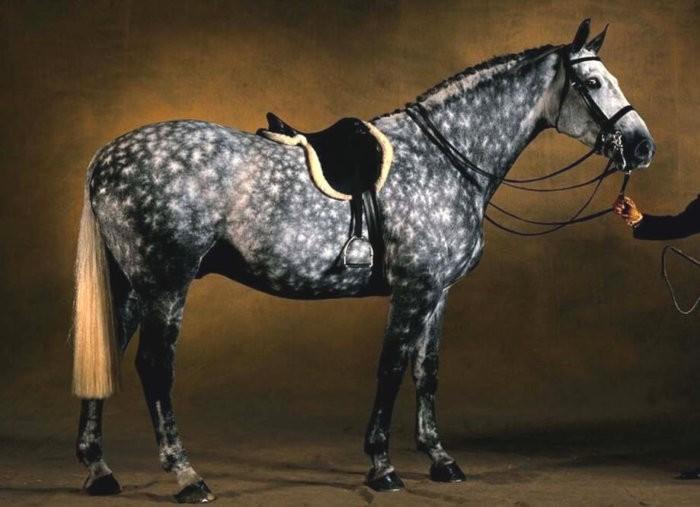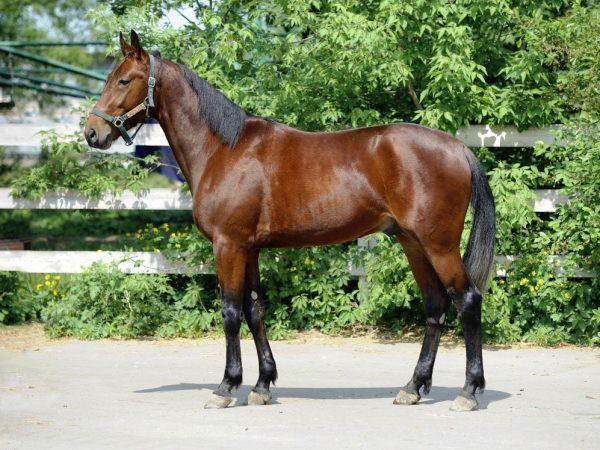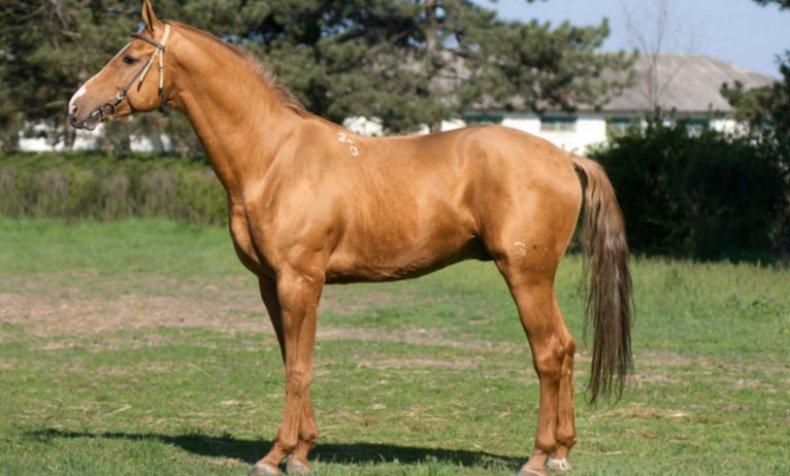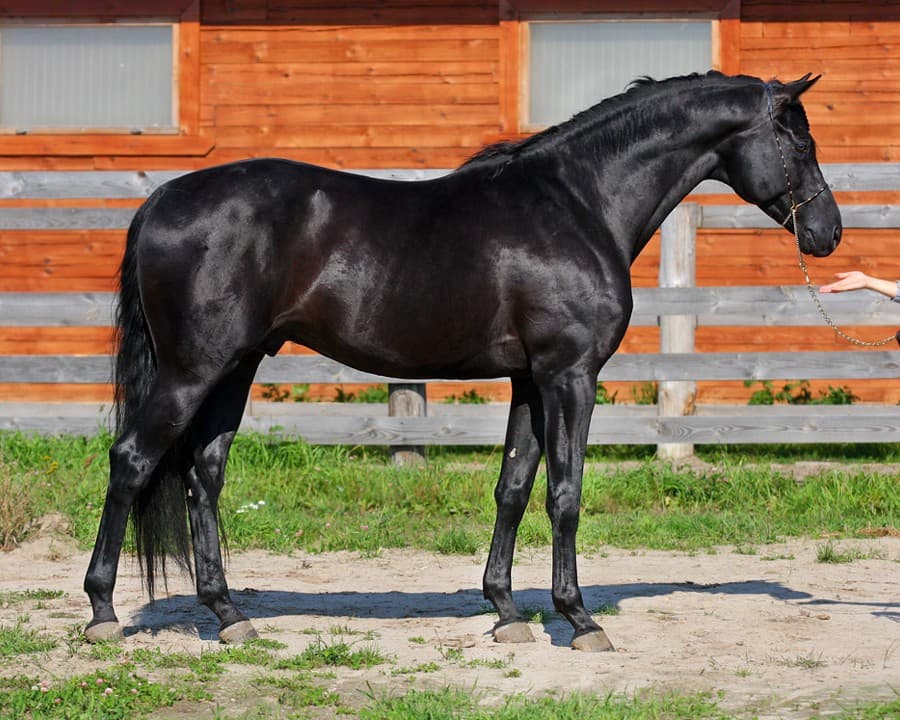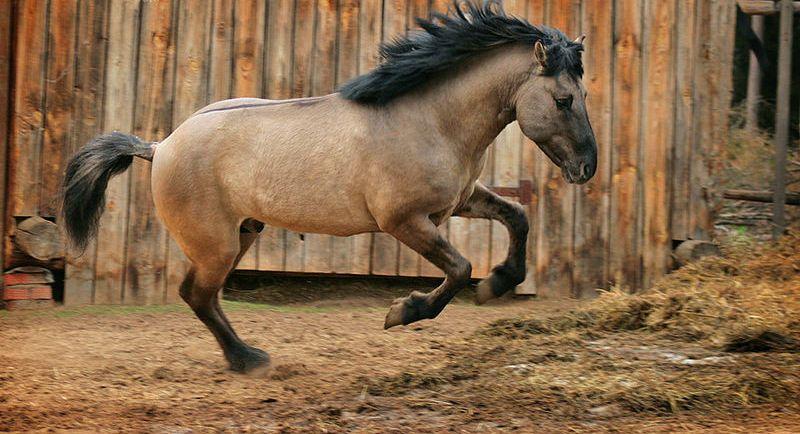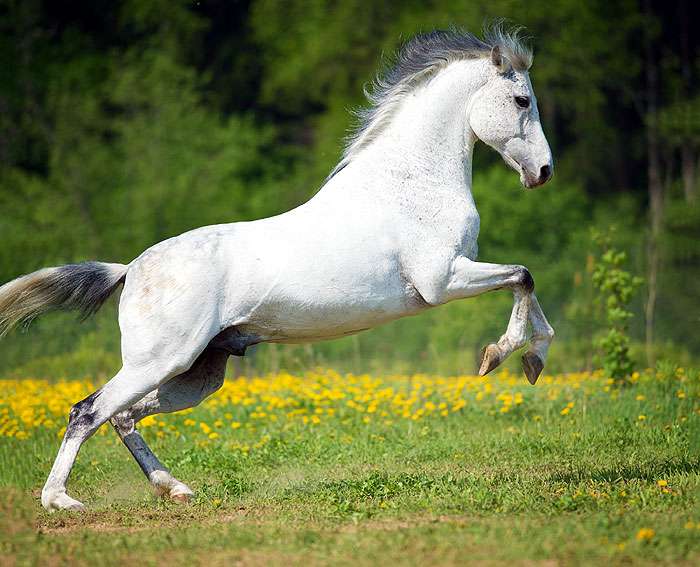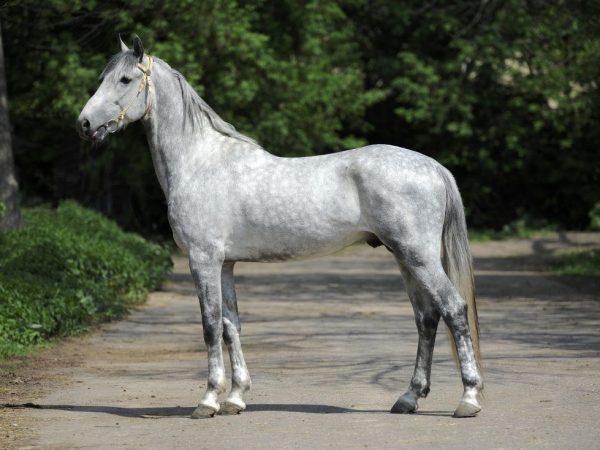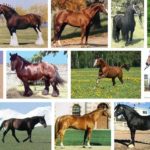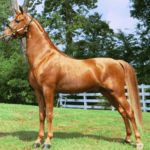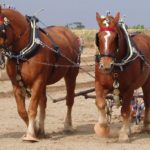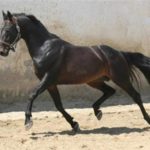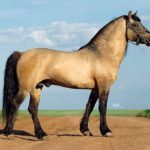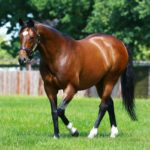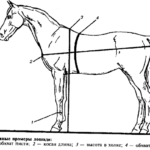There are hundreds of horse breeds in the world. All of them have remarkable qualities. In the list of beautiful animals, Russians stand out as unique breeds of horses. The history of the existence of these horses is marked by a number of tragic events. Despite the difficulties, Russian horses continue to live and delight connoisseurs of these beautiful animals.
History of horses in Russia
The history of horse breeding goes back many centuries. Back in the 13th century, people were breeding horses.Warriors brought thoroughbred horses as booty after successful battles with numerous enemies.
During the invasion of the Golden Horde, preference was given to heavy horses. Only with the advent of the era of Ivan the Terrible did eastern breeds of horses begin to gain popularity. Times have changed, and the fashion for horse breeds has changed. The names of Count Orlov, Rostopchin, and Budyonny will forever go down in history. Passionate people gave the world beautiful breeds of horses. Many of them became the pride of the country.
Tragic events in the history of Russia were accompanied by the death and miraculous revival of unique horses. Today, Russian specialists breed a wide variety of horse breeds.
Classification
According to their purpose, representatives of the horse family can be divided into 3 groups:
- riding horses;
- draft horses;
- draft horses.
There are universal breeds of horses, for example, the Don horse. The animal is used as a draft or riding horse.
Breeders divide horses into categories:
- Aboriginal. Perhaps the strongest, healthiest animals. Horses have long adapted to harsh climatic conditions. Nature itself took care of the formation of strong immunity in horses. They can withstand frost and strong winds without loss. Effortlessly make their way through deep snowdrifts. These types include Vyatka, Yakut horses, as well as horses from Central Asia or the Caucasus. The unique properties of indigenous animals are used to develop new breeds of horses.
- Transitional. These horses combine the best qualities of native horses and the advantages of stallions brought from afar.
- Factory ones. The result of complex, painstaking and lengthy work to develop a new breed.Russian breeders developed such breeds as the Oryol trotter, the Budyonnovsk horse and other types of horses.
Main breeds
Breeds of Russian horses are not so numerous. Some of them are basic.
Budennovskaya
Semyon Mikhailovich Budyonny put a lot of effort into breeding the ideal breed of horses for the Red Army. The Don breed was taken as the basis. Crossed horse with thoroughbred stallion, specialists received a universal draft-riding breed. The Budennovsky horse can not only walk under saddle, but also serve the needs of people as a draft force.
The animal's height reaches 165 cm. The horse's long neck reminds of its ancestors - the Akhal-Teke. The horse differs from other stallions in its massiveness and some angularity. A powerful croup and wide chest indicate the horse’s strength and endurance. The dry, broad-browed head is beautifully set. Large, expressive eyes indicate intelligence and good character. The elongated body and strong legs give the animal an impressive appearance. Budennovsky horses can be recognized by their “signature” bay color. Today the army does not need mounted troops, so Budennovsk soldiers are used in sports competitions. Horses successfully participate in dressage, show jumping and racing competitions.
Donskaya
One of the oldest breeds bred by man. The progenitors of the Don breed are aboriginal steppe horses. For many years, horses were crossed with stallions of Persian, Turkish and Arabian blood. Warriors brought horses in abundance after numerous battles.
In the 19th century, Don horses were divided into 2 types:
- Old breed. The animal strongly resembled its steppe ancestors. The small height (146-155 cm) and nondescript appearance compensated for the agility and endurance of the horse.
- A new type of Don breed.In order to give the horse an attractive appearance, the horse was crossed with stallions of English blood. Gradually the situation changed, and elegant and hardy horses came to serve the people. Stately stallions are strikingly different from their predecessors.
Oryol trotter
The breed was created thanks to the efforts of Count Orlov. Long years of breeding work led to the birth of a unique horse. The graceful, strong horse has a surprisingly soft gait and a long flexible neck. The height of a large stallion reaches 170 cm. The combination of grace and power makes the appearance of the animal unique.
Horse weight reaches 500 kg. A small, dry head, intelligent eyes and pointed, sensitive ears look harmonious. A muscular body, slender dry legs and a lush mane complete the portrait of the animal. Energetic, agile trotters are distinguished by their flexible nature and intelligence. Oryol stallions can be seen at spectacular sporting events.
Russian riding
Russian riding horse appeared as a result of the merger of the Oryol breed and Rastopchinsky horses. During the hard times of the Great Patriotic War, the breed was almost destroyed. The pitiful remnants of former luxury disappeared during the reign of Khrushchev. Decades later, through the efforts of enthusiasts, the Russian horse breed was recreated.
The height of the horse reaches 165-170 cm. Elastic, developed muscles, a wide, muscular back and slender legs distinguish Russian riding horses from representatives of other breeds. The horse has a receptive mind and willful character. The animal is used for dressage and eventing.
Soviet heavy truck
A short, strong draft horse. The breed was bred in the mid-20s of the last century. The draft horse was the result of crossing local draft horses and Brabançon stallions.These European horses have remarkable strength, because their ancestors faithfully served the heavy knights.
The Soviet heavy truck is like a small bulldozer. The powerful animal is used for heavy work and as a source of meat and milk. The height of the heavy truck is relatively small - 160 cm, but the weight reaches 700-1000 kg. A wide back, powerful drooping croup and strong legs give the animal a monumental appearance. The horse is often red. Sometimes you can see a bay-colored draft horse.
Yakutskaya
An indigenous animal, adapted to severe frosts and poor nutrition. The thick undercoat and long hair allow the horse to easily endure the hardships of the climate. Due to their unpretentiousness, horses are kept outdoors throughout the year.
Short, massive animals rarely grow more than 142 cm. The muscular neck and wide back indicate the remarkable endurance of the horses. Yakut horse boasts strong legs and developed joints. Stallions are used as riding horses, as well as for children's equestrian sports.
Bashkir
The native horse is common in Tatarstan, Bashkiria and the Sverdlovsk region. The breed was born as a result of natural crossing of steppe horses and forest-type horses. Unpretentious animals are kept on pastures all year round. The main advantage of the breed is the ability to tirelessly cover tens of kilometers.
The tireless horse's height is only 145 cm. A small broad-browed head, a short neck and a wide back - this is the portrait of a wonderful horse. Due to their friendly disposition, stallions are used in children's equestrian sports. Animals are often raised on dairy farms.
Terskaya
The unique breed was developed in the 40s of the last century by crossing the surviving Streltsy stallions Arabian horse breeds blood. As a result, the Terek breed appeared. Thanks to their numerous advantages, universal horses participate in all types of equestrian competitions. Their amazing learning ability allows them to be used in circus performances.
It was on the Terek stallion that the legendary Marshal Zhukov took part in the victory parade. Most often you can find a gray horse. Horses of bay color are less common. The horse is beautifully built. A short, straight back, flexible, long neck and slender legs give the animal an elegant appearance. The animal has a small head. Sensitive moving ears and sparkling eyes complete the portrait of the horse.
Vyatskaya
Forest, aboriginal horse. The northern beauty is common in the Kirov region, as well as in the farms of Udmurtia. The animal is energetic, obedient and hardy. The unpretentious horse is easily satisfied with meager food and tolerates frost and rain well. The flexible nature allows Vyatka to be used in children's equestrian sports and tourism.
In the past, the Vyatka assistant was used for postal transportation. The main distinguishing feature of the short worker is the dark stripe running along the back of the animal. The height of Vyatka reaches 150 cm. The legs are short. The thick skin protects the horse from insect bites.
Russian trotter
The breed appeared as a result of crossing the legendary Oryol trotters and animals of American selection. The horses are distinguished by their graceful forms and calm character. The narrow muzzle and prominent withers give the horse a unique appearance. Strong legs and a muscular torso indicate the endurance of the animal.Elongated, mobile ears and dark eyes are the distinctive features of the Russian trotter.
The horse is used as a light draft animal. Peaceful disposition and high intelligence make it possible to use horses for hippotherapy.
Don riding horse
Universal breed. The Don horse is successfully used as a draft and riding horse.
The elongated body, dry legs and small head give elegance to the appearance of the animal. The horse's height is 165 cm. A well-developed crest is clearly visible on the neck. The tail and mane are dark and thick. The docile nature of animals allows horses to be used to teach children horse riding.

